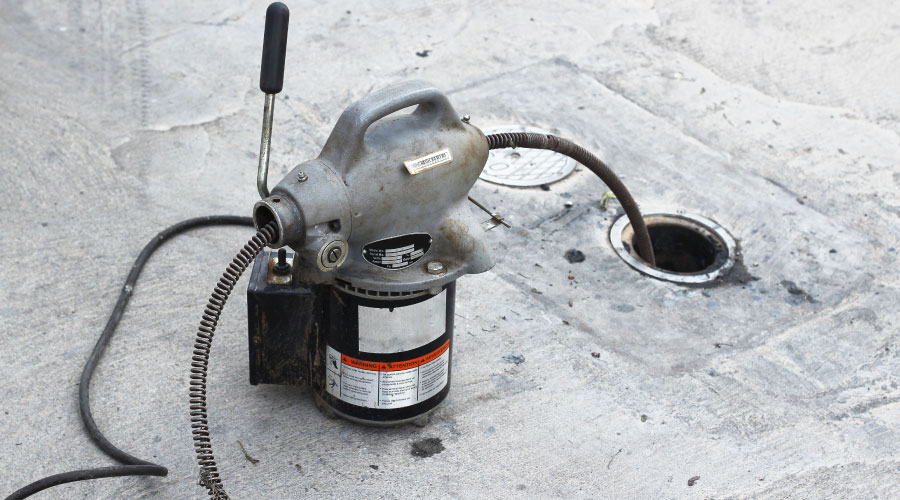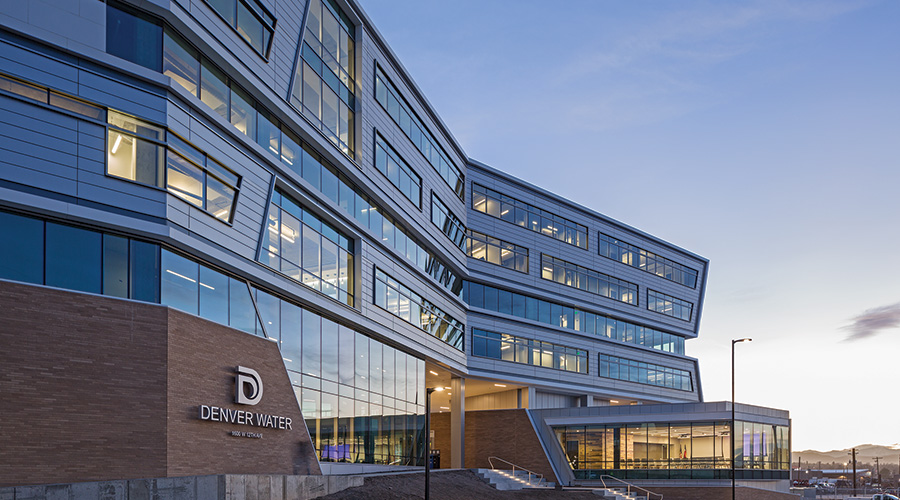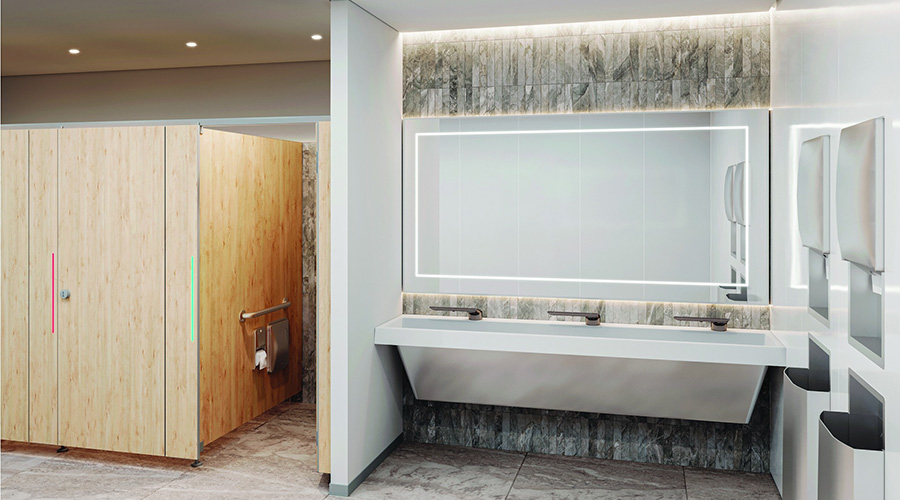Plumbing Retrofits: Product Specification Considerations
Outside of the financial goals of a plumbing retrofit, it is also important that managers determine the way the project fits into an organization's vision. Some organizations are highly motivated to meet certain goals for water and energy reduction, regardless of cost. Others put less emphasis on conservation projects if financial savings are more difficult to attain. It is important to have buy-in from the building owners and other stakeholders before doing any upgrade or retrofit project.
When developing project specifications, managers must consider the way the new system will be used and the condition of the existing infrastructure. For example, if the retrofit will take place in a high-traffic area that has the potential for heavy use, it is important that the types of products managers specify are not only durable but also easy to maintain. Maintenance concerns can range from something as basic as providing easy access to the valves to ensuring that technicians can readily access the infrastructure behind the fixtures when repairs become necessary.
The type of piping materials and their condition also can be important when making decisions on a retrofit. Most buildings are plumbed with either galvanized steel — generally in older buildings — or copper — in newer buildings. If a retrofit introduces materials that are different from those already installed in the facility, the potential for galvanic corrosion occurs. Galvanic corrosion is the process by which two dissimilar metals react to each other and result in pipe corrosion. When having piping, fixtures, or pipe fasteners and hangers replaced, managers need to make sure the connecting materials are the same metals or materials, or use a dielectric isolation.
For toilets and urinals, it is important to consider the effects those fixtures can have on the facility's plumbing system. Older buildings typically were designed to handle larger waste-stream flows than their modern counterparts. This condition exists primarily because older, less efficient fixtures used more water to dispose of the waste. Newer fixtures with lower rates of water flow might not provide sufficient capacity to deliver the wastewater to the main sewer line, increasing the likelihood of a plugged sewer line.
This situation is particularly important in low-sloped lateral lines from the fixtures if managers are considering waterless or ultra-low-flow fixtures. Managers and engineers that are unsure of the capacity of sewer lines can consult with an engineer to determine if the lines are properly sloped to handle a decrease in water volume.
Related Topics:













